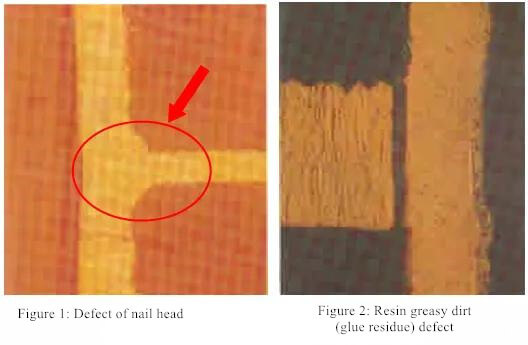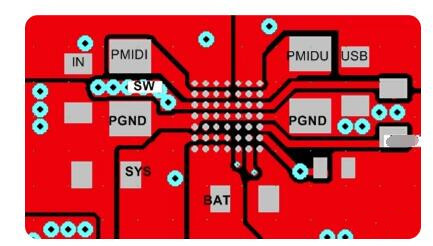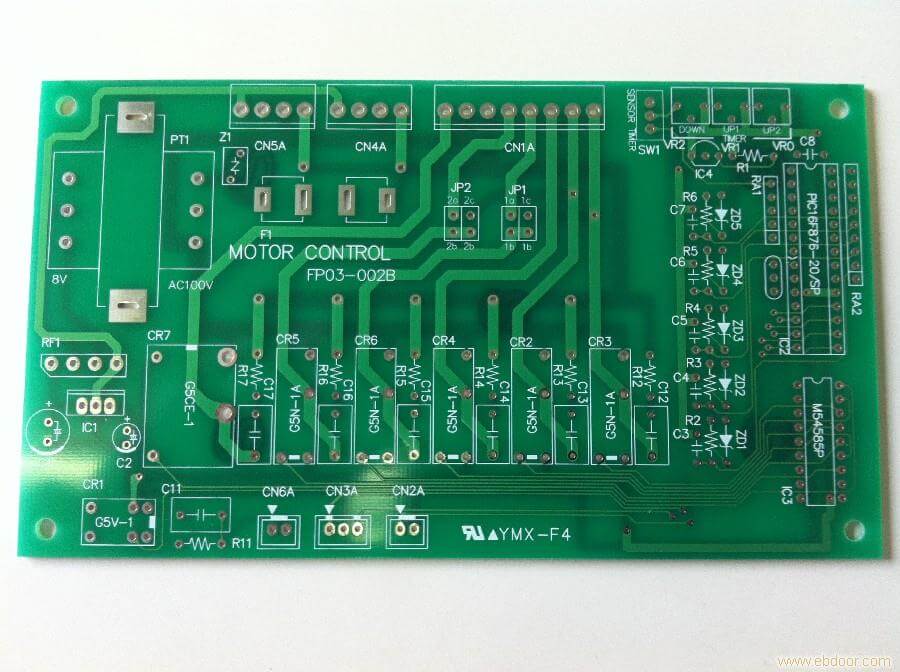Many hardware engineers or layout engineers are very interested in what the interior of the circuit board (especially the multi-layer board) looks like when they first contact the circuit board (PCB). Today, we will take you to understand.
High Density Interconnect Board (HDI) — Via
The circuit processing of multi-layer PCB is no different from that of single layer and double layer. The biggest difference is the via technology. The lines are etched, and the vias are drilled and then plated with copper.
Multi-layer circuit board usually includes through-hole board, first-order board, second-order board and second-order stacked hole board. Higher order boards, such as third-order boards and any layer interconnection boards, are rarely used and expensive. I won’t discuss them more first. Generally, 8-bit MCU products use 2-layer through-hole plate; 32-bit MCU level intelligent hardware, using 4-6-layer through-hole board; Linux and Android level intelligent hardware, using 6-layer through holes to 8 first-order HDI boards; Compact products such as smart phones generally use 8-layer first-order to 10-layer second-order circuit boards.
The Most Common Through Hole
There is only one kind of through hole, from the first layer to the last layer. Whether it is the external line or the internal line, the hole is perforated. It’s called a through-hole plate. The through-hole board has nothing to do with the number of layers. Usually, the two layers we use are through-hole boards, while many switches and military circuit boards are 20 layers, which are still through-hole. The drill bit drills through the circuit board and then plated copper in the hole to form a path.
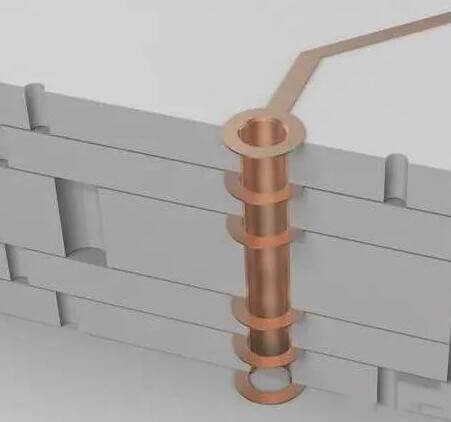
It should be noted here that the inner diameters of through holes are usually 0.2mm, 0.25mm and 0.3mm, but generally, 0.2mm is much more expensive than 0.3mm. Because the drill bit is too thin and easy to break, it is also slower to drill. The extra time and cost of drill bits are reflected in the rising price of PCB.
Laser Hole of High Density Board (HDI Board)
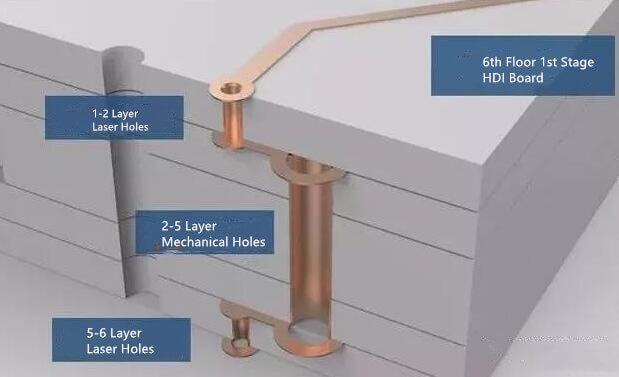
This figure is the laminated structure of 6-layer first-order HDI board. Both layers on the surface are laser holes with an inner diameter of 0.1mm. The inner layer is a mechanical hole. It is equivalent to a 4-layer through-hole plate, and the outside is covered with 2 layers. The laser can only penetrate the glass fiber plate, not the metal copper. Therefore, drilling on the outer surface will not affect other internal lines. After laser drilling and copper plating, a laser through hole is formed.

